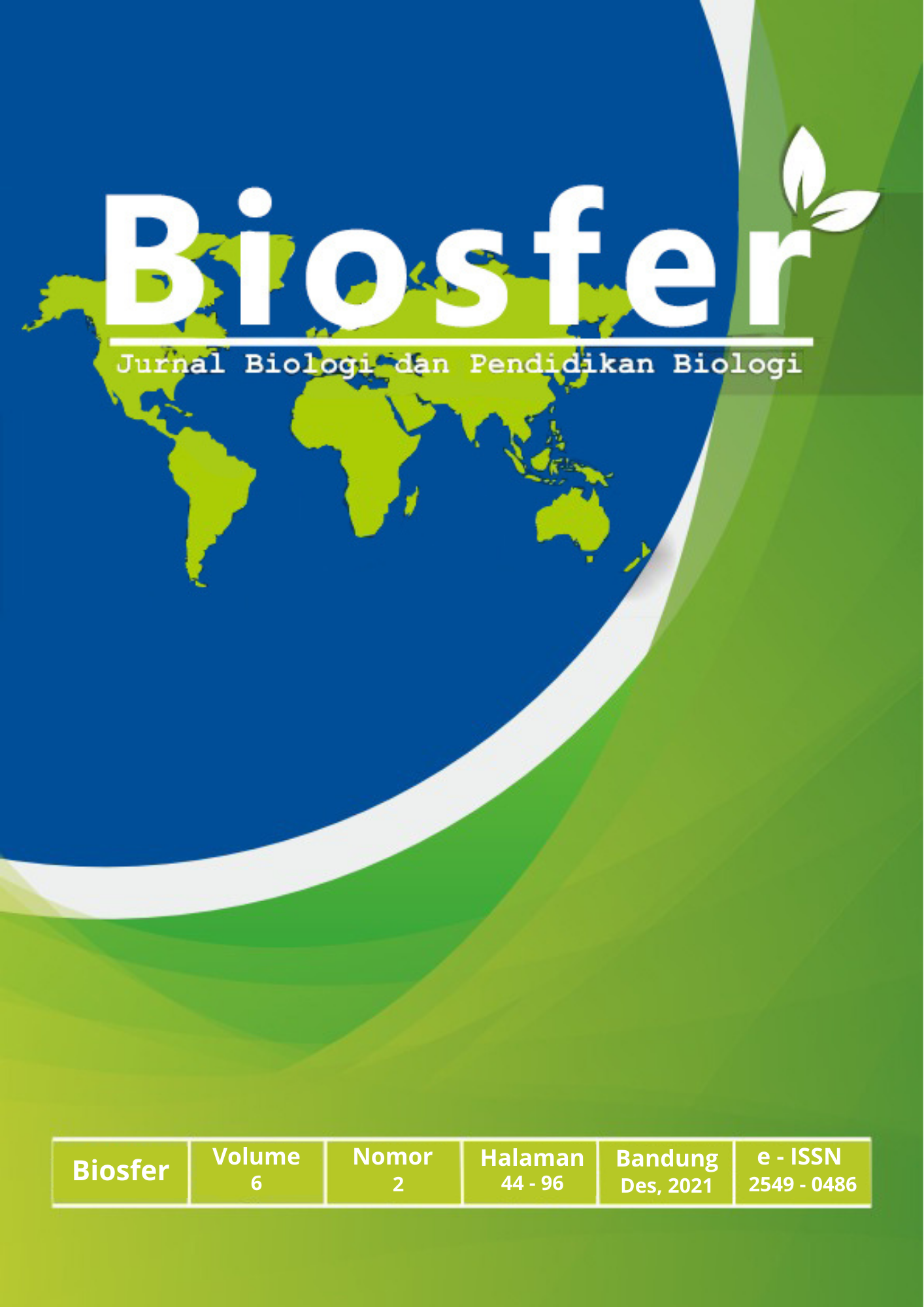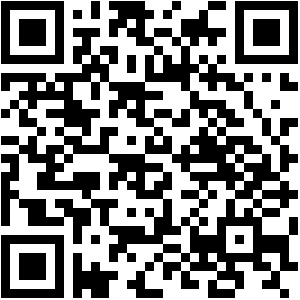Penggunaan Examples Based Learning (EBL) dalam Meningkatkan Level Kemampuan Berpikir Mahasiswa Berdasarkan Taksonomi Marzano Materi Metabolit Sekunder Mata Kuliah Bioteknologi
DOI:
https://doi.org/10.23969/biosfer.v6i2.5009Keywords:
Examples Based Learning (EBL),Thinking Ability Level, Marzano’s TaxsonomyAbstract
The thinking ability of pre service Biology teacher students must have high-level thinking skills, because they are prospective teachers for the millennial generation, therefore it is necessary to measure students' thinking levels so that prospective Biology teachers can prepare themselves from the start in an effort to improve their students' thinking skills in the future. This study aims to determine the level of students' thinking skills based on Marzano's (1997) taxonomy which includes Level 1: Retrieval, Level 2: Comprehension, Level 3: Analysis, Level 4: Knowledge utilization, Level 5: Metacognitive, Level 6: Self system. The method used in this research is one group pre test post test design. The results showed that there was a significant difference between the pre-test scores (M=27.42, SD=11.73) and post-test scores (M=65.22, SD=13.96) with the average N-gain being 0.52 which is in the medium category. Meanwhile, for the level of thinking ability, it shows that the highest contribution to increasing the average score is at level 2, namely comprehension and level 3, namely analysis, with each increasing score of 49 points. Level 6, which is the self system, also increased almost the same, as much as 48 points. Based on the results of these studies, it can be concluded that Examples Based Learning can increase the level of students' thinking skills
Downloads
References
Bjerrum, A. S., Hilberg, O., Van Gog, T., Charles, P., & Eika, B. (2013). Effects of modelling examples in complex procedural skills training: A randomised study. Medical Education, 47, 888–898.
Halimah, M., Rahmat,A., Redjeki, S., Riandi.2021. Students' Level Of Thinking In Bio Technology Using Examples Based Learning. Journal of Engineering Science and Technology Special Issue on ICMScE, August (2021) 18 - 25 © School of Engineering, Taylor’s University
Halimah M., Rahmat,A., Redjeki, S., Riandi. 2020. Penggunaan Pendekatan Examples Based Learning-Worked Examplesuntuk Meningkatkan Hasil Belajar Mahasiswa Calon Guru Biologi Pada Mata Kuliah Bioteknologi Materi Kultur Jaringan. Prosiding Nasional Webinar Hasil Penelitian Universitas Pasundan. ISBN 978-623-7111-62-7
Marzano, R. J. (2007). Designing a new taxonomy of educational objectives.
Sweller, J. 2010 Cognitive Load Theory: Recent Theoretical Advances. Australia journal for education technology
Paas, F., Renkl, A., & Sweller, J. (2004). Cognitive load theory: Instructionalimplications of the interaction between information structures and cognitivearchitecture [Guest editorial statement]. Instructional Science

























